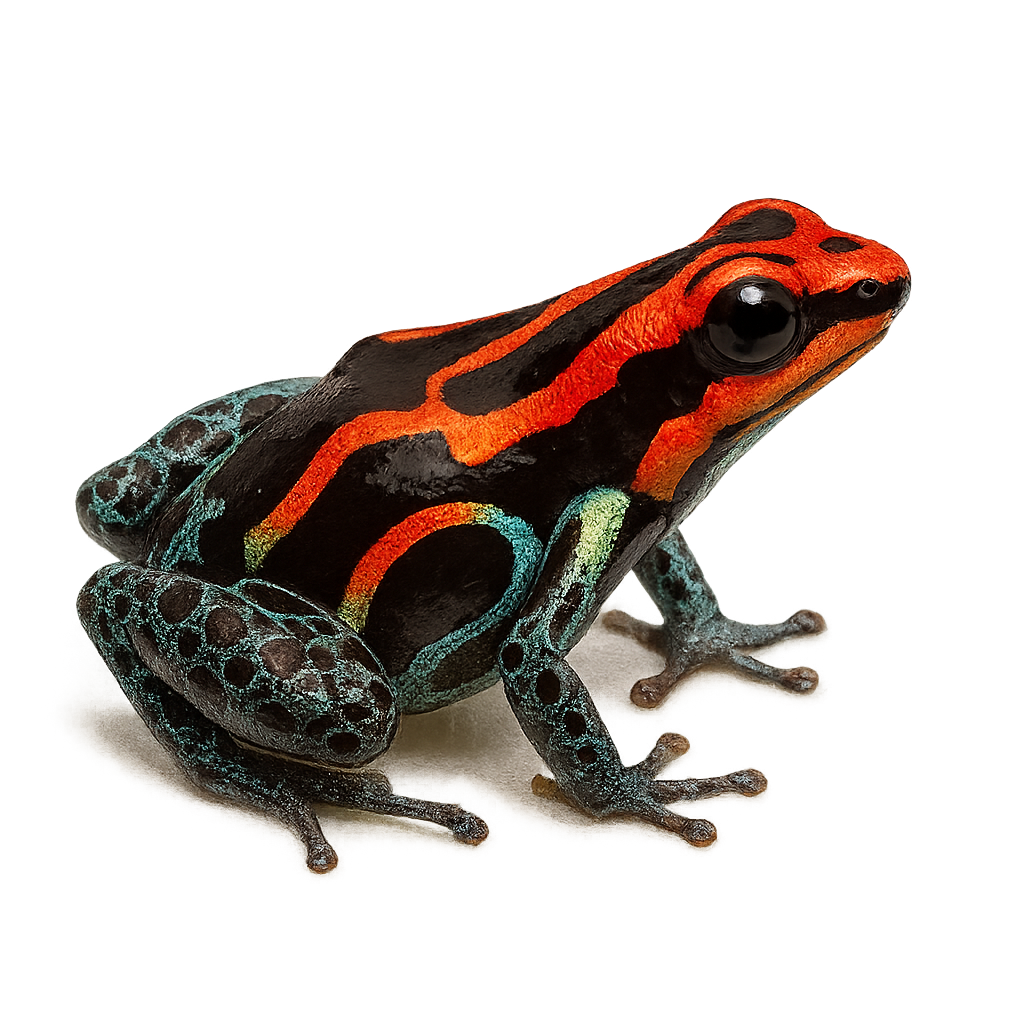Your wildlife photography guide.
Explore the daly's rocket frog in detail, study its behavior, prepare your shots.
Where to observe and photograph the daly's rocket frog in the wild
Learn where and when to spot the daly's rocket frog in the wild, how to identify the species based on distinctive features, and what natural environments it inhabits. The WildlifePhotographer app offers tailored photography tips that reflect the daly's rocket frog’s behavior, helping you capture better wildlife images. Explore the full species profile for key information including description, habitat, active periods, and approach techniques.
Daly's Rocket Frog
Scientific name: Silverstoneia dalyi

IUCN Status: Least Concern
Family: DENDROBATIDAE
Group: Amphibians
Sensitivity to human approach: Suspicious
Minimum approach distance: 2 m
Reproduction period: April to June
Incubation: 12–14 jours
Births: May to July
Habitat:
tropical rainforests, streams, undergrowth
Activity period :
Primarily active during the day, with peak activity in the morning and late afternoon.
Identification and description:
The Silverstoneia dalyi, commonly known as Daly's Rocket Frog, is a small, brightly colored frog native to the humid rainforests of South America, particularly Colombia. It is characterized by its small size, usually less than 2 cm, and its vibrant color patterns ranging from brown to green with black markings. This species is often found near streams where it breeds. Although discreet, it plays a crucial role in the ecosystem as an insect predator. Its skin secretes toxic substances to defend against predators. Daly's Rocket Frog is an important indicator of habitat health, as it is sensitive to environmental changes.
Recommended lens:
Macro – adjust based on distance, desired framing (portrait or habitat), and approach conditions.
Photography tips:
To photograph Daly's Rocket Frog, it's advisable to use a macro lens to capture the details of its colorful skin. Look for it near streams in humid rainforests. Be patient and discreet to avoid scaring it, as it is suspicious. Opt for times of the day when natural light is soft to avoid glare on its moist skin. Use a tripod to stabilize your camera and achieve sharp images.
The WildlifePhotographer App is coming soon!
Be the first to explore the best nature spots, track rutting seasons, log your observations, and observe more wildlife.
Already 1 432 wildlife lovers subscribed worldwide

